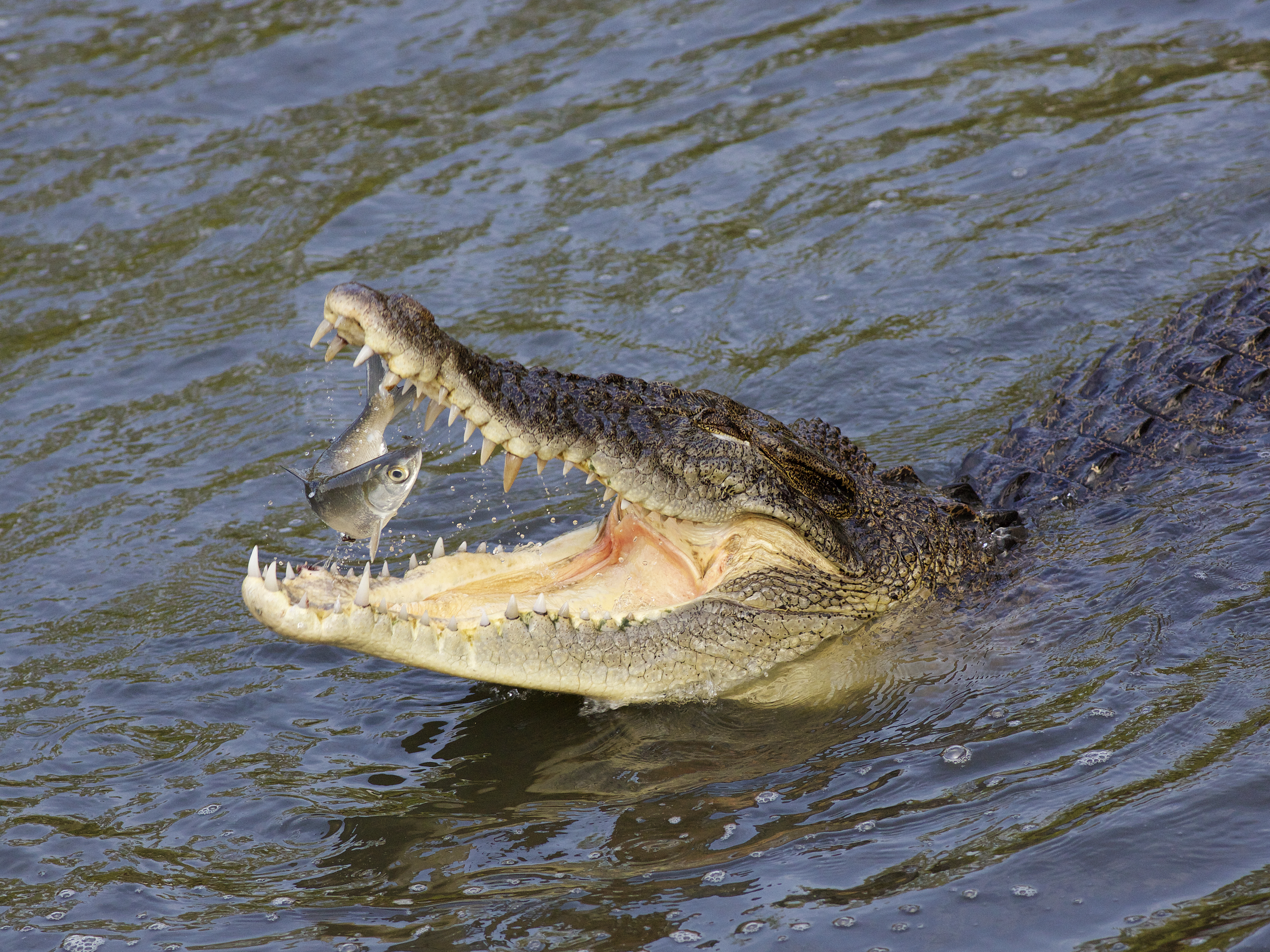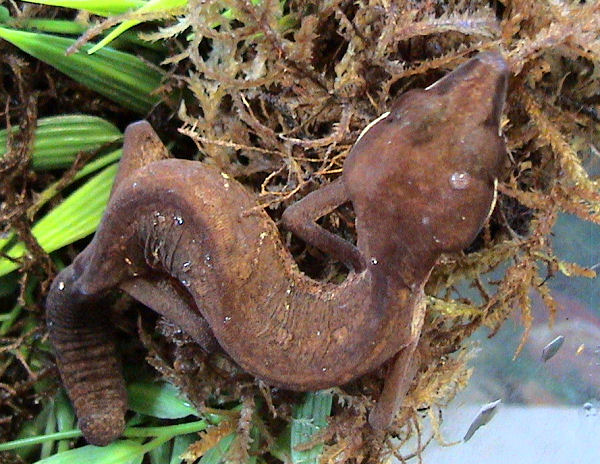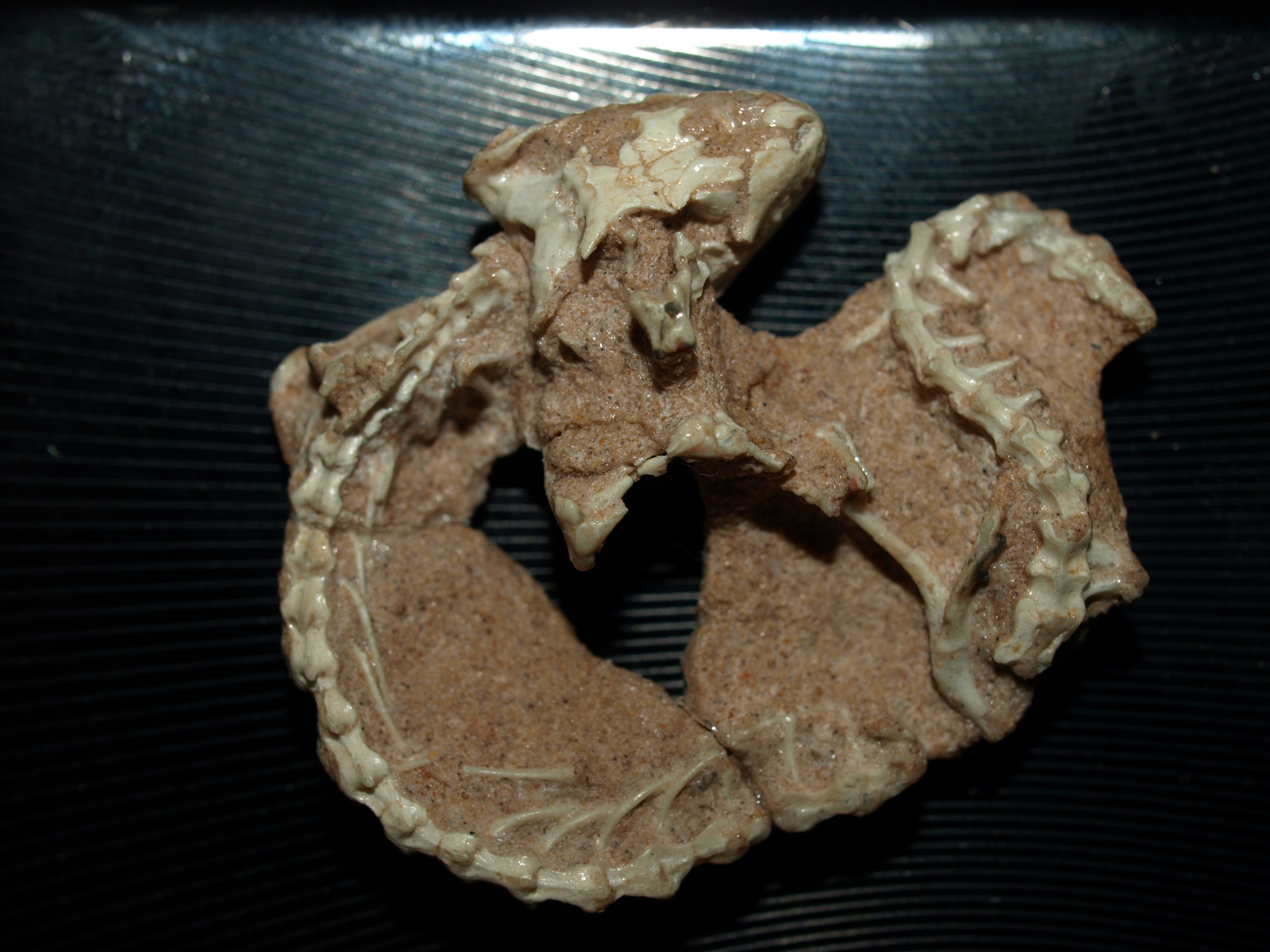|
Reptiles Of Singapore
There are about 110 species of reptiles in Singapore. Most of them are small or rarely seen, but there are a few which are large or prominent. The largest reptiles found in Singapore are the estuarine crocodile and the reticulated python. The ones most commonly seen in urban areas are the house geckos (typically called house lizard by the lay-person) and the invasive changeable lizard. The changeable lizard has pushed the local green crested lizard into forested areas. In gardens and parks, one can often see common sun skinks, the introduced red-eared sliders and flying lizards. Water monitors are common in rivers and mangrove. Another monitor that can be found in Singapore is the clouded monitor, which is a forest species. It is smaller than the Malayan water monitor, has slit nostrils and is paler in colour. In 2008, the Dumeril's monitor was rediscovered in the Central Catchment Nature Reserve. Equatorial spitting cobras can still be found in desolated urban areas ... [...More Info...] [...Related Items...] OR: [Wikipedia] [Google] [Baidu] |
Green Crested Lizard (Bronchocela Cristatella) Dominik Jan
''Bronchocela cristatella'', also known as the green crested lizard, is a species of Agamidae, agamid lizard Endemism, endemic to Southeast Asia. Geographic range ''B. cristatella'' is found in Malaysia (West Malaysia and Borneo), Singapore, Indonesia, Philippines (Palawan, Calamian Islands, Panay, Luzon), South Thailand, south Myanmar (Tenasserim Hills), and India (Nicobar Islands). Description This species is a bright green lizard, sometimes possessing a blue tint on the head. It is able to change colour, turning darker brown when threatened. There is a dark ring around each eye, and a dark spot at the back of the head. The males have a crest on the neck. It has a very long and thin tail (75% of total length). The body length is of , and the total length (body + tail) is of . From Albert Günther, C.A.L. Günther (1864) ''The Reptiles of British India''. Scales of the sides small, there being about forty in one of the transverse scries; ventral scales much larger, in fourte ... [...More Info...] [...Related Items...] OR: [Wikipedia] [Google] [Baidu] |
Cyrtodactylus Semenanjungensis
The peninsular bent-toed gecko (''Cyrtodactylus semenanjungensis'') is a species of gecko that is endemic to western Malaysia Malaysia is a country in Southeast Asia. Featuring the Tanjung Piai, southernmost point of continental Eurasia, it is a federation, federal constitutional monarchy consisting of States and federal territories of Malaysia, 13 states and thre .... References Cyrtodactylus Reptiles described in 2005 {{gekkonidae-stub ... [...More Info...] [...Related Items...] OR: [Wikipedia] [Google] [Baidu] |
Cyrtodactylus Quadrivirgatus
''Cyrtodactylus quadrivirgatus'', known as Taylor's bow-fingered gecko, the four-striped forest gecko and the marbled bent-toed gecko, is a species of gecko found in Thailand, Malaysia, Singapore and Indonesia Indonesia, officially the Republic of Indonesia, is a country in Southeast Asia and Oceania, between the Indian Ocean, Indian and Pacific Ocean, Pacific oceans. Comprising over List of islands of Indonesia, 17,000 islands, including Sumatra, .... References External links Flickr photo by Kurt (Orionmystery) G, from Selangor, MalaysiaFlickr photo by Camillenoir Reptiles of Thailand Reptiles of Malaysia Reptiles of Indonesia Reptiles of Singapore Cyrtodactylus Reptiles described in 1962 {{Cyrtodactylus-stub ... [...More Info...] [...Related Items...] OR: [Wikipedia] [Google] [Baidu] |
Cyrtodactylyus Pantiensis
The Panti Mountain bent-toed gecko (''Cyrtodactylus pantiensis'') is a species of gecko Geckos are small, mostly carnivorous lizards that have a wide distribution, found on every continent except Antarctica. Belonging to the infraorder Gekkota, geckos are found in warm climates. They range from . Geckos are unique among lizards ... that is endemic to western Malaysia. References Cyrtodactylus Reptiles described in 2008 {{Cyrtodactylus-stub ... [...More Info...] [...Related Items...] OR: [Wikipedia] [Google] [Baidu] |
Cyrtodactylus Majulah
''Cyrtodactylus majulah'' is a species of gecko Geckos are small, mostly carnivorous lizards that have a wide distribution, found on every continent except Antarctica. Belonging to the infraorder Gekkota, geckos are found in warm climates. They range from . Geckos are unique among lizards ... that is found in Singapore and Indonesia. References Cyrtodactylus Reptiles described in 2012 {{gekkonidae-stub ... [...More Info...] [...Related Items...] OR: [Wikipedia] [Google] [Baidu] |
Cnemaspis Peninsularis
''Cnemaspis peninsularis'', also known as the peninsular rock gecko, is a species of gecko from southern Peninsular Malaysia and Singapore Singapore, officially the Republic of Singapore, is an island country and city-state in Southeast Asia. The country's territory comprises one main island, 63 satellite islands and islets, and one outlying islet. It is about one degree .... References Further reading *Goldberg, Stephen R., Charles R. Bursey, and L. Lee Grismer. "Gastrointestinal helminths of nine species of Cnemaspis (Squamata: Gekkonidae) from Peninsular Malaysia, one species from Cambodia and Thailand and two species from Vietnam." Journal of Natural History 49.43-44 (2015): 2683–2691. *Amarasinghe, AA Thasun, et al. "A New Species of Cnemaspis (Reptilia: Gekkonidae) from Sumatra, Indonesia." Herpetologica 71.2 (2015): 160–167. Cnemaspis Reptiles described in 2014 Reptiles of Malaysia Reptiles of Singapore {{Cnemaspis-stub ... [...More Info...] [...Related Items...] OR: [Wikipedia] [Google] [Baidu] |
Gekkonidae
Gekkonidae (the common geckos) is the largest family of geckos, containing over 950 described species in 62 genera. The Gekkonidae contain many of the most widespread gecko species, including house geckos (''Hemidactylus''), the tokay gecko (''Gekko''), day geckos (''Phelsuma''), the mourning gecko (''Lepidodactylus''), and dtellas (''Gehyra''). Gekkonid geckos occur globally and are particularly diverse in tropical areas. Many species of these geckos exhibit an adhering ability to surfaces through Van der Waals forces utilizing intermolecular forces between molecules of their setae (foot hair) and molecules of the surface they are on. The genus ''Hemidactylus'' is one of the most species-rich and widely distributed of all reptile genera.Carranza, S., and E. Arnold. "Systematics, Biogeography, and Evolution of Hemidactylus Geckos (Reptilia: Gekkonidae) Elucidated Using Mitochondrial DNA Sequences." Molecular Phylogenetics and Evolution, vol. 38, no. 2, Elsevier Inc, 2006, pp. 531 ... [...More Info...] [...Related Items...] OR: [Wikipedia] [Google] [Baidu] |
Aeluroscalabotes Felinus
The cat gecko (''Aeluroscalabotes felinus'') is a species of gecko found in Indonesia, Malaysia, Singapore, Cambodia Cambodia, officially the Kingdom of Cambodia, is a country in Southeast Asia on the Mainland Southeast Asia, Indochinese Peninsula. It is bordered by Thailand to the northwest, Laos to the north, and Vietnam to the east, and has a coastline ... and Thailand. It is the Monotypic taxon, only species within the genus ''Aeluroscalabotes''. It is commonly called the cat gecko because of its habit of curling up with its tail around itself when it sleeps, similar to a cat. Description The cat gecko is a lightly built gecko, typically red-brown in color with white spots on its body, and solid white under its chin, and sometimes to the belly. Some specimens have brown blotching along the back. It is considered to be one of the more primitive geckos, and is physically quite similar in body structure to the few fossils of early geckos which have been discovered. The ... [...More Info...] [...Related Items...] OR: [Wikipedia] [Google] [Baidu] |
Eublepharidae
The Eublepharidae are a family of geckos (Gekkota) consisting of 43 described species in 6 genera. They occur in Asia, Africa, North America, and Central America. Eublepharid geckos lack adhesive toepads and, unlike other geckos, have movable eyelids, thus commonly called eyelid geckos. Like other members of Gekkota, the Eublepharidae exhibits Autotomy, tail autotomy due to the fracture planes near their vent. A new tail will then grow in its place, usually lacking the original color and texture. The muscles in the old tail will continue to flex for up to 30 minutes after the drop to distract predators. Leopard geckos (''Eublepharis macularius'') and African fat-tailed geckos (''Hemitheconyx caudicinctus'') are popular pet lizards. Genera The following genera are considered members of the Eublepharidae: References Eublepharidae, Geckos Lizard families Taxa named by George Albert Boulenger {{gecko-stub ... [...More Info...] [...Related Items...] OR: [Wikipedia] [Google] [Baidu] |
Squamata
Squamata (, Latin ''squamatus'', 'scaly, having scales') is the largest Order (biology), order of reptiles; most members of which are commonly known as Lizard, lizards, with the group also including Snake, snakes. With over 11,991 species, it is also the second-largest order of Neontology, extant (living) vertebrates, after the Perciformes, perciform fish. Squamates are distinguished by their skins, which bear horny scale (zoology), scales or shields, and must periodically engage in molting. They also possess movable quadrate bones, making possible movement of the Maxilla, upper jaw relative to the neurocranium. This is particularly visible in snakes, which are able to open their mouths very widely to accommodate comparatively large prey. Squamates are the most variably sized living reptiles, ranging from the Sphaerodactylus ariasae, dwarf gecko (''Sphaerodactylus ariasae'') to the reticulated python (''Malayopython reticulatus''). The now-Extinction, extinct mosasaurs reached ... [...More Info...] [...Related Items...] OR: [Wikipedia] [Google] [Baidu] |
Tomistoma Schlegelii
''Tomistoma'' is a genus of gavialid crocodilians. They are noted for their long narrow snouts used to catch fish, similar to the gharial. ''Tomistoma'' contains one extant (living) member, the false gharial (''Tomistoma schlegelii''), as well as potentially several extinct species: ''T. cairense'', ''T. lusitanicum'' and ''T. coppensi''. Previously assigned extinct species known from fossils are reclassified as different genera such as ''Eogavialis'', '' Toyotamaphimeia'' and '' Sutekhsuchus''. Unlike the gharial, the false gharial's snout broadens considerably towards the base and so is more similar to those of true crocodiles than the gharial, whose osteology indicated a distinct lineage from all other living crocodilians.Piras, P., Colangelo, P., Adams, D. C., Buscalioni, A., Cubo, J., Kotsakis, T., & Raia, P. (2010). ''The Gavialis–Tomistoma debate: the contribution of skull ontogenetic allometry and growth trajectories to the study of crocodylian relationships''. Evolu ... [...More Info...] [...Related Items...] OR: [Wikipedia] [Google] [Baidu] |




